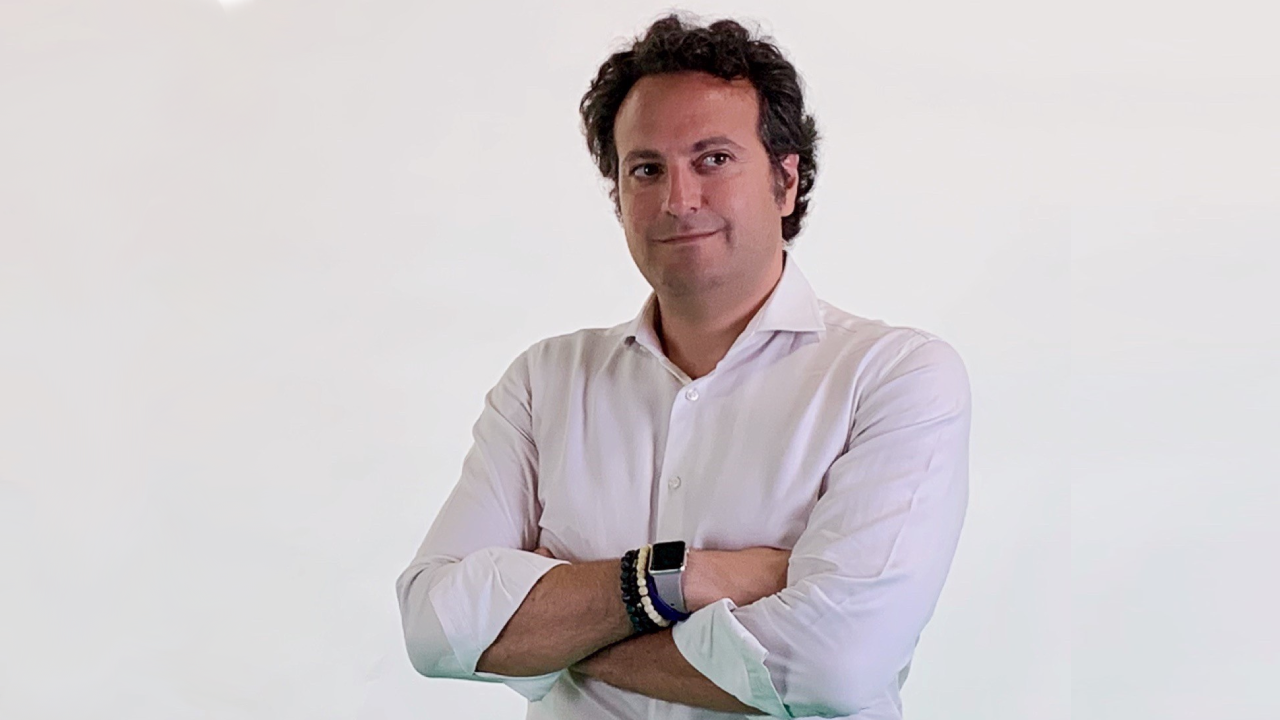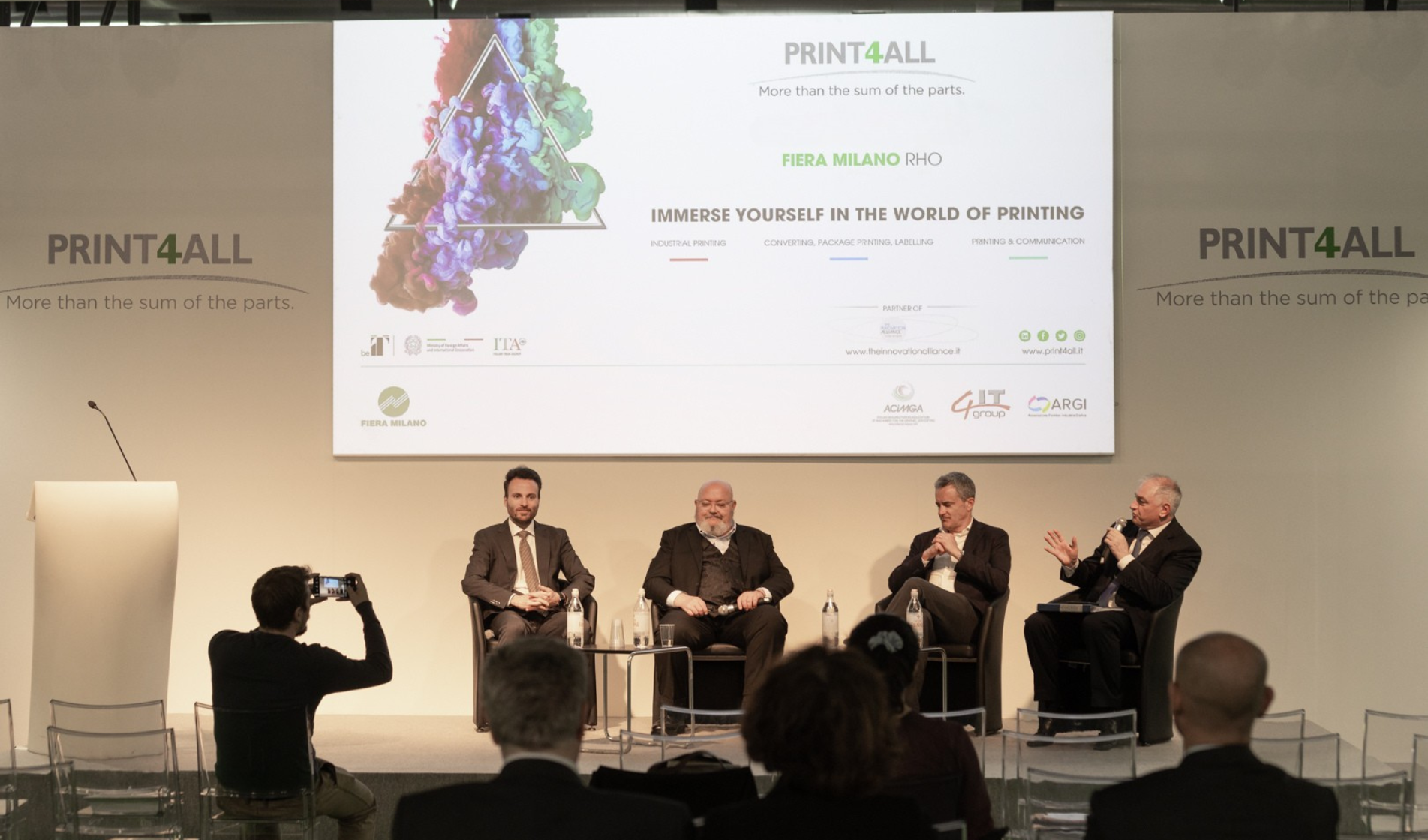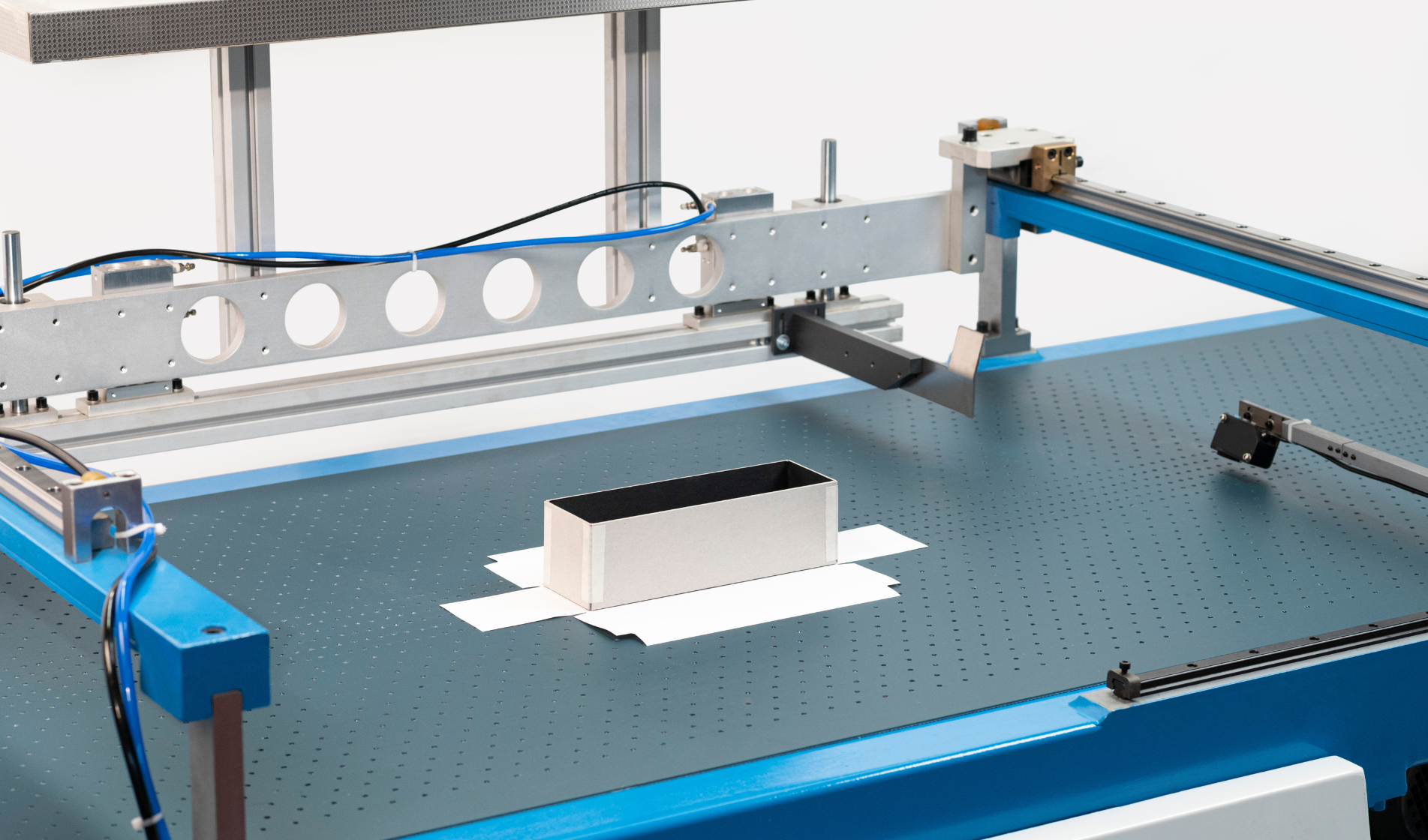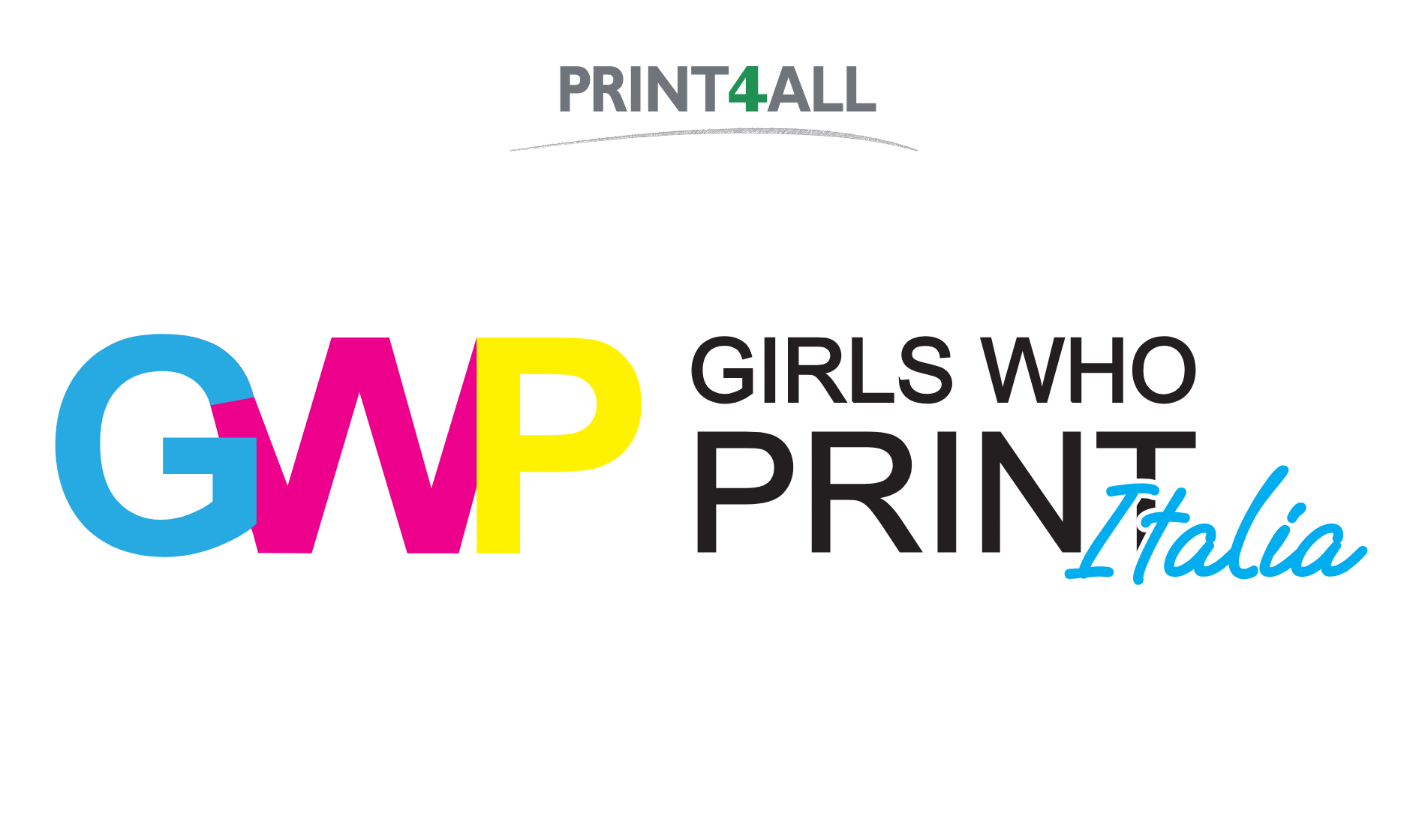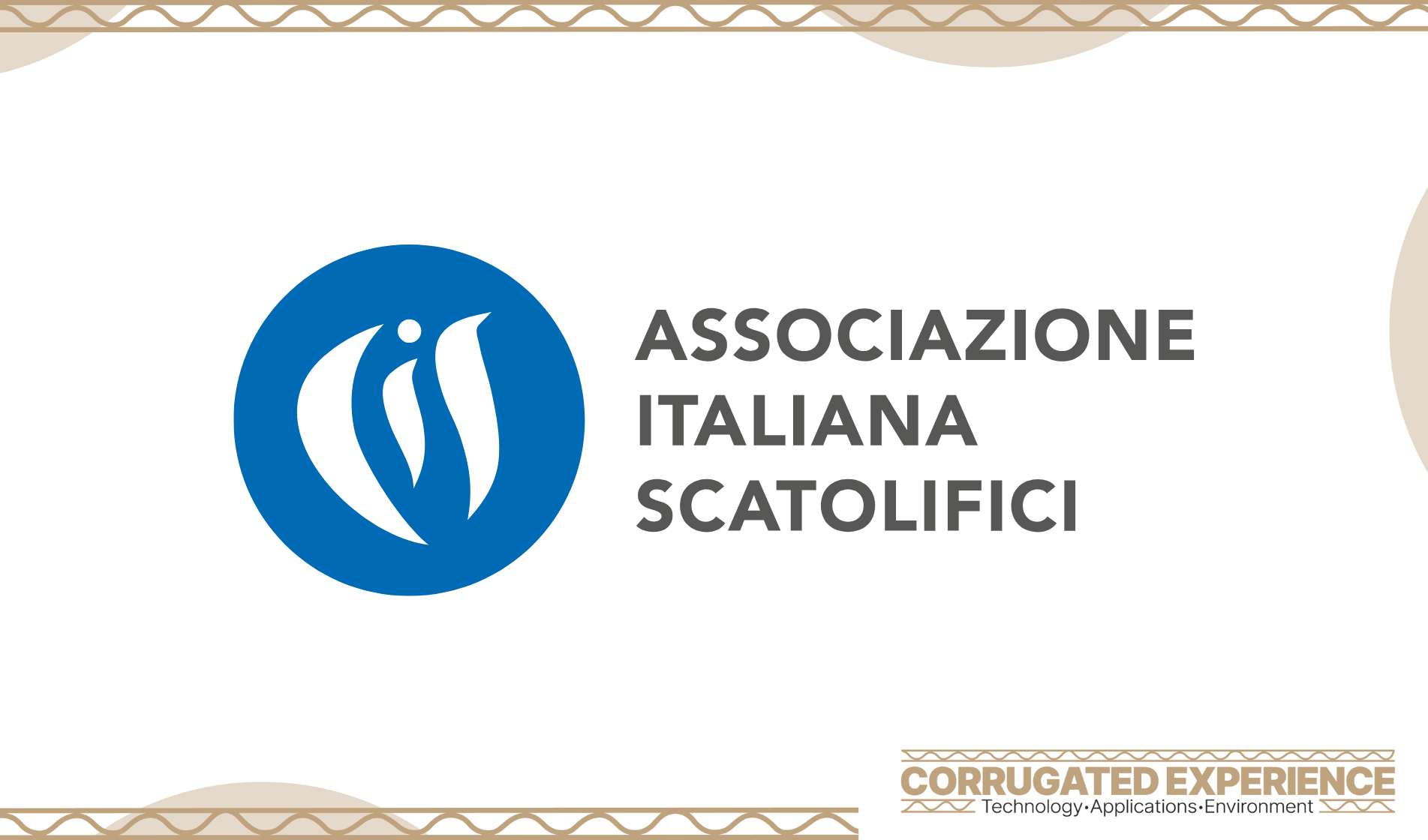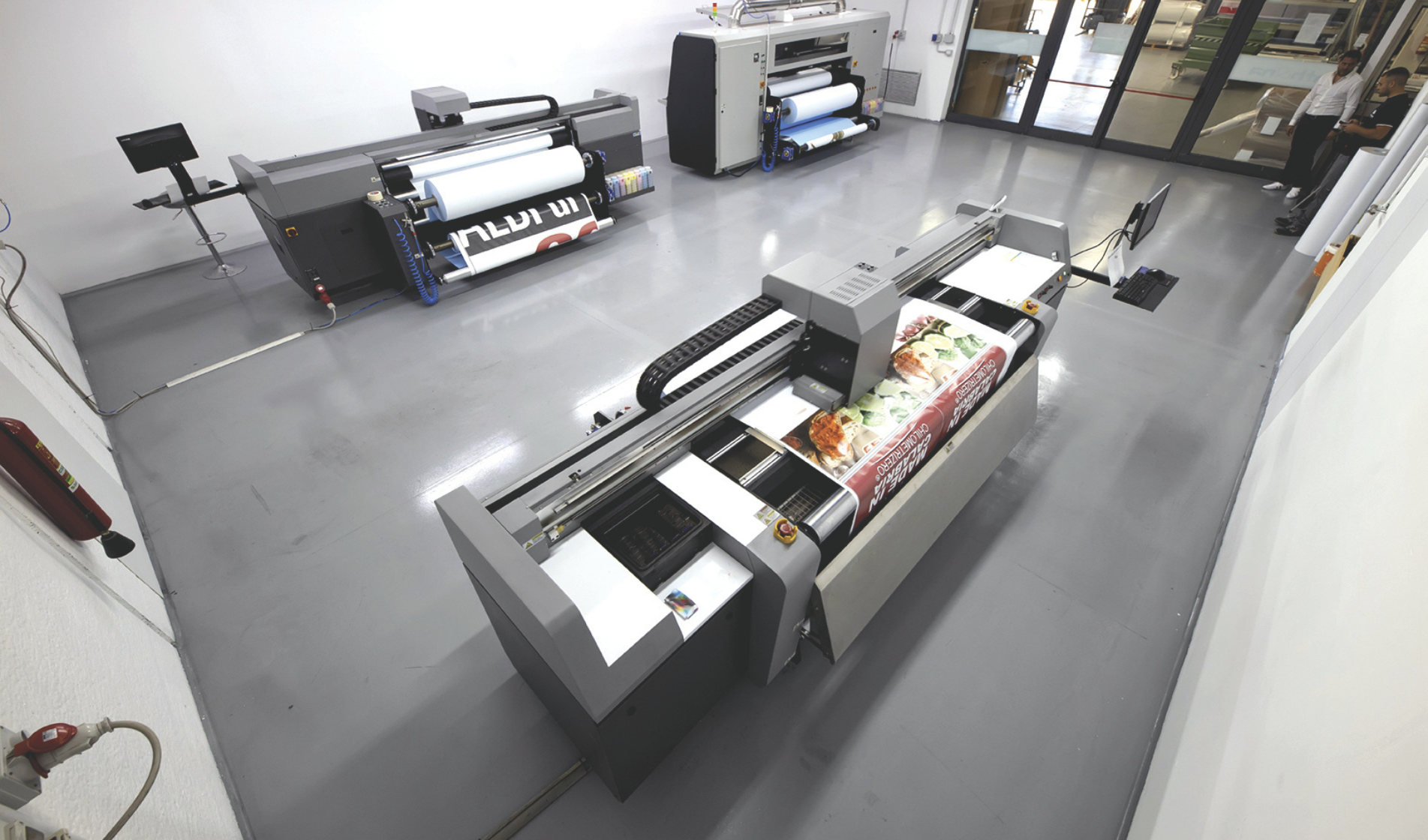The experience of the last year and a half has taught us that you have to be ready for change, because protecting your business also means being able to react effectively; and having well-established tools allowing you to have this reaction in the short term is a competitive advantage. But what are these tools? We talked about it with Ivan Ortenzi, Innovation Evangelist of BIP-Business Integration Partners.
“The pandemic has confronted us with a real revolution. We used to consider change and innovation in an anthropocentric way: companies had to "dedicate" themselves to change and were invited to do so because it represented an opportunity to be seized. Today the situation is diametrically reversed: we have moved from opportunity to necessity. Innovating and changing are no longer options to consider, are something you have to do to survive. And this change of pace has caught us off guard. Also because innovation made out of necessity is almost always basic and, in the case of Covid, has paradoxically succeeded in transforming digitalization - that was always intended as a tool for innovation - into non-innovation.
And it happened due to the intervention of an exogenous factor. Usually, the exogenous factors forcing the change from the outside are legislation or the advent of new technologies. In this case the exogenous factor was the pandemic. This is why we can no longer speak of digitalization as innovation, but as a necessary - and unfortunately not even sufficient - condition for survival.
I like to describe the current situation as a slingshot. We are feeling pulled back and we are waiting for the stone to be thrown. The two elastic bands that are stretching it are the innovation of business models - which represent phase two of the digitalization - and sustainability, to which are destined large part of the European recovery funds, a sustainability that must be social, environmental, economic, and that, therefore, inevitably impacts and modifies business models.
And so it’s on these two goals that companies today must focus. Innovation of the business model and sustainability are like two lenses linked together on one side by the investors, who are demanding for innovation and sustainability especially in the long and medium term, and on the other by the new generations, the new consumers, who are developing a different sensitivity in their needs and purchasing processes which are increasingly linked to sustainability and technological innovation.
So, what should companies do today? Some time ago the Italian Prime Minister made it clear that it won’t be possible to save everything and everyone. A choice will have to be made, which is why today you must be prepared to choose or be chosen.
A selection will be inevitable and what is innovative and sustainable will be rewarded. And this applies to products, markets, professions.
We will necessarily have to choose, because that’s the condition in order to be helped at European level. And companies themselves are going to be the first to make choices.
For this reason, we developed a management system called 3-I Canvas, a simple, immediate and concise system, that clearly points out the three criteria to be followed.
The first I is that of "Inevitable": you have to focus on what is fundamental to your industry, whether it’s technology, market, or skills.
The second I stands for "Imaginable": companies must learn to develop their vertical innovation capacity. Until recently, the push for innovation always came from a need or a request from those who belonged to the next link in the chain. Today this model needs to be changed. Companies must learn to innovate vertically, starting from themselves and gradually moving out of the supply chain in which they have been until now. We need to identify which supply chains will persist in being unsustainable and non-innovative and choose the others, because that is the only way to survive. The imaginable is the vertical leap of those with generative capacity out of their supply chain.
The third I is that of "Imponderable". The pandemic has been imponderable. It is said that we need to make our companies resilient and anti-fragile, but in order to do this we need to learn to think about the imponderables, about what is difficult to happen, but which we all know is an option, as was with the pandemic. We all knew it might come up, but no one thought about it. Nowadays, this is an exercise we must learn to do in order to understand how to become anti-resilient: in short, we must prepare ourselves for what we do not know.
These three Is represent a tool available to all companies, regardless of their industry or size. It is proven by facts: the ones able to better withstand the impact of the pandemic were those who had equipped themselves by looking ahead: those who were already digitalized, operating on international markets, and had digital models which allowed them to operate even without being in close contact with their customers. Nowadays, in fact, any company that is willing to do business must absolutely be hybrid, have digital channels and offer a digital experience of its product or service.
Of course, the reaction will be different for companies of different sizes, but today any reality must innovate its business model and sustainability.
Waiting for everything to go back to normal is no longer an option. Obviously, there are small and medium-sized companies that are waiting for everything to restart, but there are also realities that are open to innovation and internationalisation. The difference? If I offered the first type of company a million euros to invest in innovation, they wouldn't know where to start, while the second would have thousands of ideas. Of course, the option to be chosen will be greater only for one of them”.


